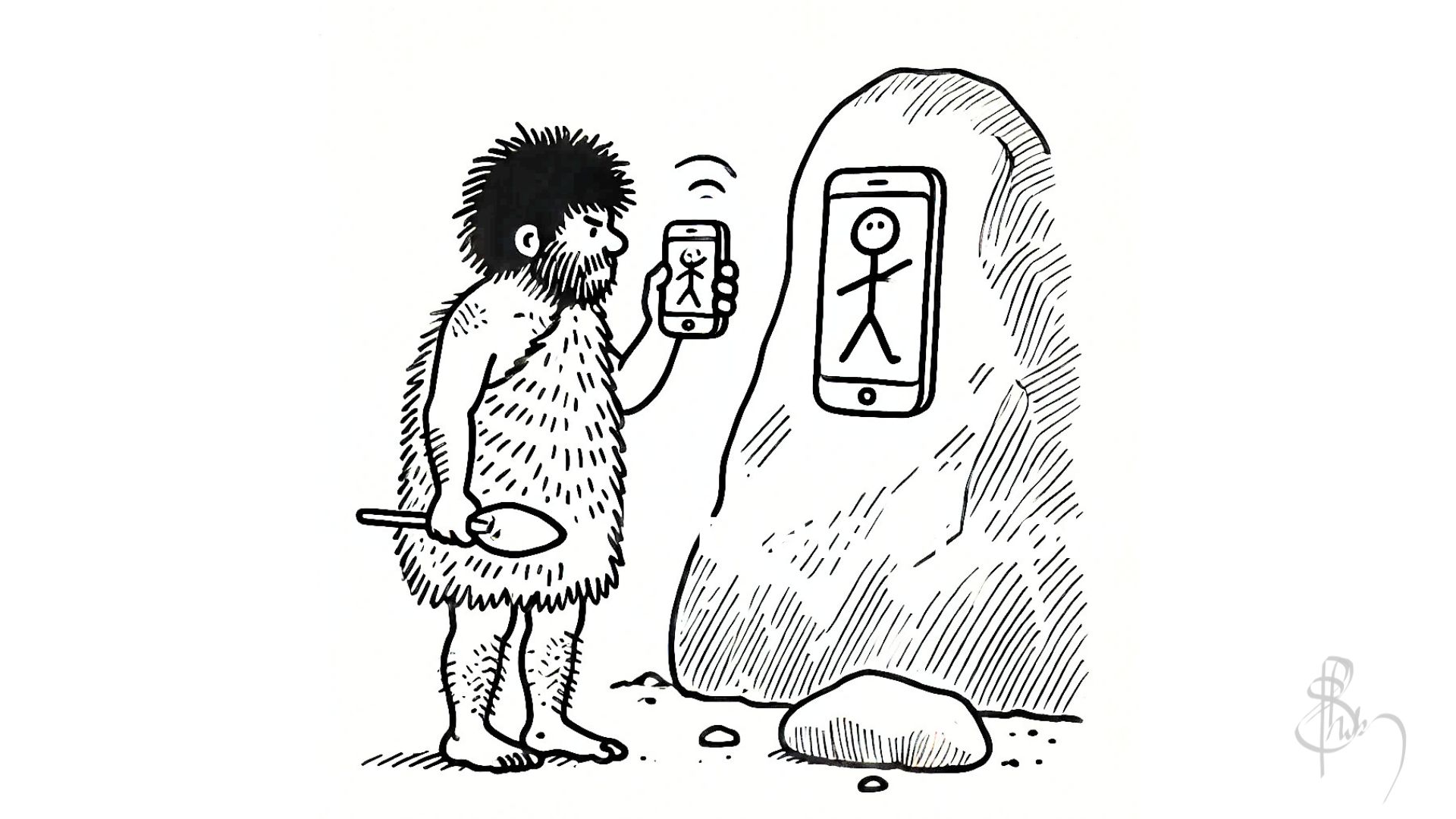Recently, I have been writing subtitles for a corporate client. Their employees had made short films in regional languages that they wanted to showcase. I wrote the subtitles in the way subtitles are written. You see, subtitles do not exactly follow dialogues. And the corporate heads rejected it. They said it had grammatical mistakes. Now, that hurt my ego. But then, I can make mistakes too. So, I waited for them to send their version. Their proofread version had impeccable English, with word-by-word translations of the dialogues. But then it was no longer subtitles.
My experience with subtitles started some 8 years ago with my short films. I have since written subtitles for all my short films and feature films. I even wrote subtitles for viral short films and a feature film that won the Kerala State Award. I also was a participant in a three-day residential subtitle workshop by FFSI and Kerala State Chalachitra Academy. Suffice it to say I do have some experience with writing subtitles.
As the name suggests, it is a “sub” title. It is not a title or a heading. It is something that comes sub to something else. In this case, it comes sub not to a heading but to a film, visuals and audio.
Why Movies Work Even When Subtitles Do Not Exactly Follow Dialogues
80% of all communication is non-verbal. When watching a film, we take in more information than we realise. From the visuals, we get a sense of where the scene is happening. Is it a home or an office? What kind of an office is it? Is it a 5-star hotel or a roadside stall? What dresses are people wearing? Which state and country is this happening?
Then there is the audio. We think that audio is the dialogue. It is not. Even if you do not know a language, you can know a lot by the tone of voice. You do not need to know the language to know if someone is asking you to get out of their shop or is welcoming you in. Then there is music that is in itself a language. Music from a horror scene will not work in a romantic scene. Another aspect of sound in films that goes unnoticed is the ambient sound. A roadside tea stall in the middle of a city sounds very different from one on a lonely highway.
All this in a film is a wealth of information that does not need translation. It is also a reason why movies have become the dominant form of entertainment across the globe. It is to all of this that a subtitle is a sub. A subtitle is not a word-for-word translation like a book translation is. The job of a subtitle is to help someone who does not understand the language understand the core of what is being said.
Practicality in Subtitling
There are also practical reasons why subtitles do not exactly follow dialogues. One is that not all languages are spoken at the same pace. For example, my mother tongue Malayalam, is a language that is generally spoken quite fast. A lot is said in a small amount of time. If I were to translate a Malayalam dialogue word by word into English and present it as a subtitle on screen, then there would not be enough time to read it before the next subtitle comes on.
Yes, subtitles today can be longer than they were in the past. Before VCRs, YouTube and OTT came about, people could only consume films in theatres or through broadcast networks. They could not pause or rewind. So subtitles had to be summarised. Today, we can rewind whenever we do not understand something. But how would you feel if you had to keep pausing a film every 15 seconds to go back and read the long subtitles? You would no longer be enjoying the experience of the film.
Conclusion: The Golden Rule of Subtitling
So, the golden rule when writing subtitles to date is to use as few characters on screen as possible. And that, my dear corporate friends who dared to reject my subtitles, is why subtitles do not exactly follow dialogues. And if you want to know about free tools I use to create subtitles check this blog out.
Hey Aspiring Filmmaker,
I debuted my film career making a feature film for ₹5 lakhs ($7,000) on an iPhone. I’d like to help you do the same. So I wrote everything I learned into a book. It is now available on Amazon, called The Indian Indie Film (or Make Your Film for rest of the world). Enjoy!






